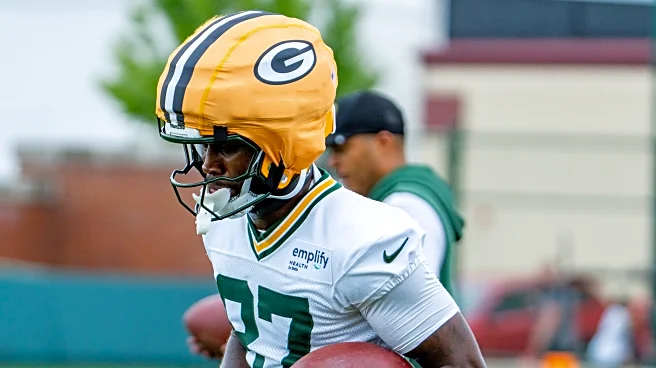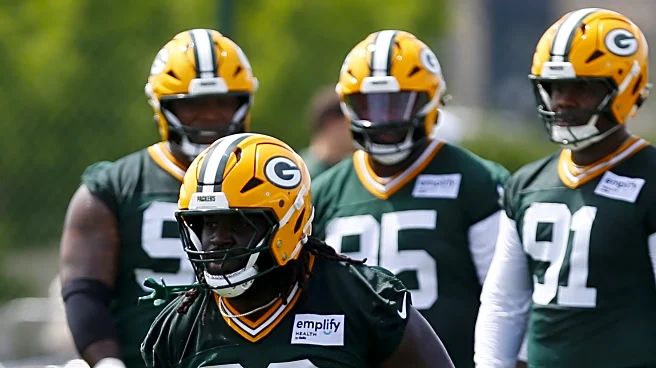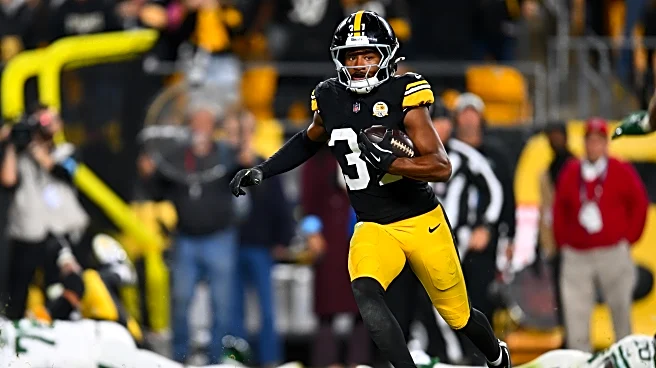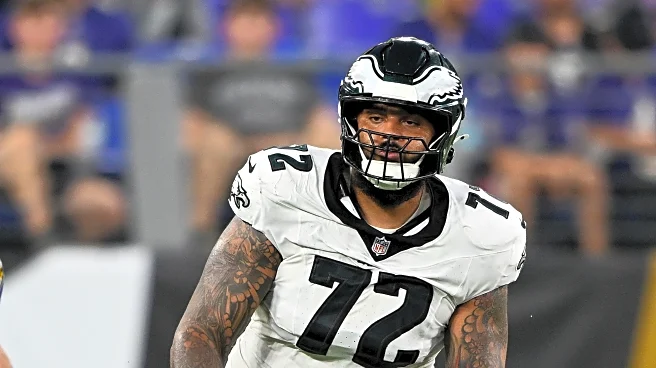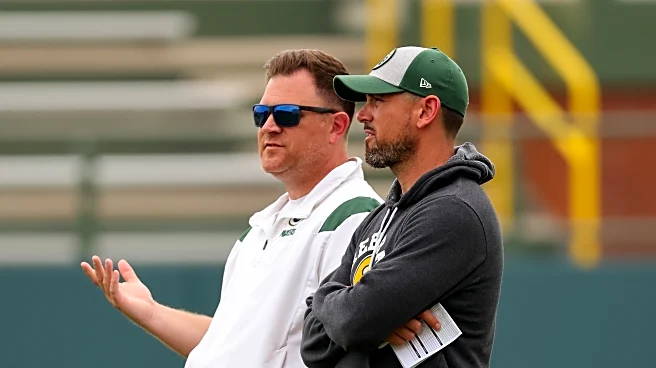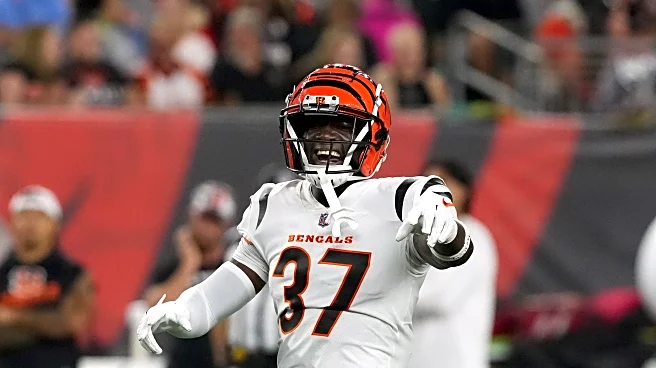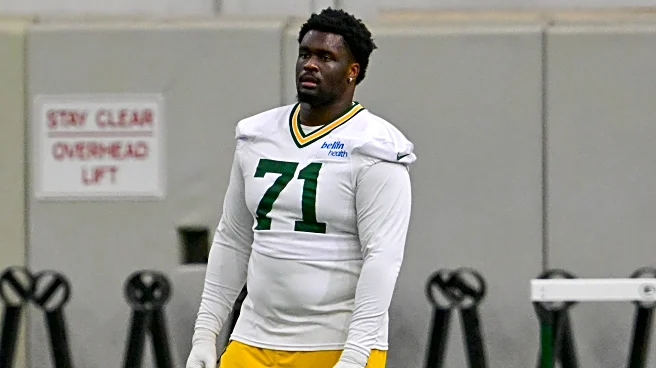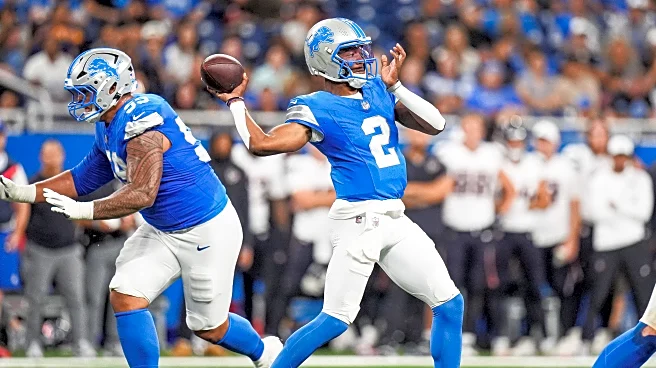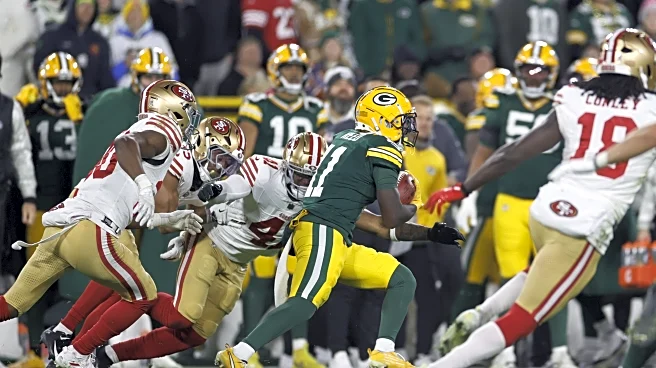
Now that the Green Bay Packers have officially announced their 53-man roster, let’s take a look at which of their players are on expiring contracts. In total, 19 of their 53-man roster players, a huge year-to-year increase, are set to be 2026 free agents.
There are three different types of free agents, though: unrestricted, restricted and exclusive rights. We’ll get into how these 19 fit into those three groups and the differences between them.
Unrestricted Free Agents (8)
- QB Malik Willis
- WR Romeo Doubs
- WR Christian Watson (PUP)
- TE John FitzPatrick
- LT Rasheed Walker
- RG Sean Rhyan
- DE Kingsley Enagbare
- LB Quay Walker
The eight players listed above
are set to be unrestricted free agents at the end of the season. This means that they’ll hit true free agency if they play out their contracts.
Generally, if players are going to stick around on the roster beyond their rookie contracts, these extensions are usually done ahead of them seeing the field for their contract season. The reason? The risk players assume by testing out free agency is more about them finishing that contract year healthy, not the risk associated with hitting the actual free agent market. Usually, players who hit free agency are rewarded for doing so. That’s why the middle-class starter, non-Pro Bowlers, are seeing the most salary growth league-wide.
If you’re looking for comparable contracts right now:
- Chicago Bears backup quarterback Tyson Bagent, who didn’t start a game last year, received a two-year, $10 million extension recently. You’d have to think that Malik Willis, who won two games in 2024, would net at least in the range of Bagent.
- With Buffalo Bills wide receiver Khalil Shakir, who has posted 1,593 yards over the last three years, signing a four-year, $53 million extension, Romeo Doubs, who has 1,7000 receiving yards in the NFL, is probably looking at that $13 million per year range. Obviously, though, Doubs’ concussion history is a factor.
- New Tennessee Titans left tackle Dan Moore, who led the NFL in sacks allowed with the Pittsburgh Steelers last year, raised the floor for the starting left tackle market in free agency by signing a four-year, $83 million deal. Now you get why the Packers are banking reps with Jordan Morgan at left tackle, so that they have a non-veteran plan post-Rasheed Walker.
- The minimum cost for a full-time starting linebacker in the NFL right now is probably $15 million per year, based on what Jamien Sherwood and Nick Bolton received this offseason. This market is moving quickly, like the tackle position. A rapidly moving receiver market got the Packers off of attempting to extend Davante Adams in the past. Now it could be Green Bay’s turn to opt out of the linebacker market with Quay Walker’s extension. Remember, the Packers already turned down picking up Walker’s $14.8 million fifth-year option earlier this offseason.
I’m not comfortable pinning down a number for the market value of receiver Christian Watson or Sean Rhyan right now.
So what’s the good news with these free agents probably leaving next year? Compensatory picks! If Willis, Doubs, Walker and Walker hit those figures in free agency, that will net Green Bay the following selections, based on the comp pick formula: 7th, 5th, 3rd and 4th. That’s if and only if the Packers don’t sign any outside free agents that would offset those selections, though.
Here’s the bad news: There’s even more free agents Green Bay probably won’t bring back.
Restricted Free Agents (9)
- RB Chris Brooks
- RB Emanuel Wilson
- WR Malik Heath
- TE Ben Sims
- G Darian Kinnard
- DE Brenton Cox Jr.
- CB Bo Melton
- S Zayne Anderson
- P Daniel Whelan
Our next section of players is the restricted free agents, players who will have accrued three NFL seasons by the end of the 2025 season, assuming they stay healthy for six games. These players can be tendered at three different price points.
Projected RFA tender costs for 2026:
- 1st round: $7.9 million
- 2nd round: $5.7 million
- Right of First Refusal: $3.5 million
If the Packers hit any of these players with a 1st or 2nd round tender (highly unlikely), then a team that signs them in “restricted free agency” would have to award Green Bay with either a 1st or 2nd round pick. A one-year, $3.5 million tenure only allows Green Bay to match a player’s contract if they’re offered a deal by another team.
In all likelihood, these players will probably hit unrestricted free agency, where they will sign for less than $3.5 million, after the Packers choose not to tender them. The one exception is punter Daniel Whelan, the only starter on this list. Green Bay probably gets a multi-year extension done with him sometime before free agency.
Exclusive Right Free Agents (2)
- G Donovan Jennings
- DT Keith Randolph (IR)
- CB Kamal Hadden
- S Omar Brown (IR)
Our last group of free agents are ERFAs, who can be retained for the league minimum. These players will likely all return to the Packers’ roster in 2026. I’m not including Keith Randolph or Omar Brown in our contract year count, since they are on season-ending injured reserve, but I wanted to note that they could come back next year.
–
So what does Green Bay look like going into 2026? Using our post-cutdown depth chart, here’s what the 53-man roster looks like. The players highlighted in red are either UFAs or RFAs.

Obviously, the Packers have some work to do between now and next September. They own all seven of their original draft choices in the 2026 draft, but won’t be receiving any compensatory picks in the upcoming draft. Outside free agent signings in 2026 will also hurt their chances of receiving compensatory picks in the 2027 draft.
Look for the team to be on the hunt for cheap talent on multi-year deals moving forward.
